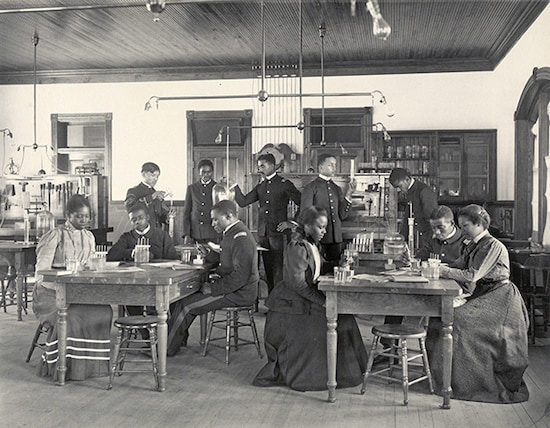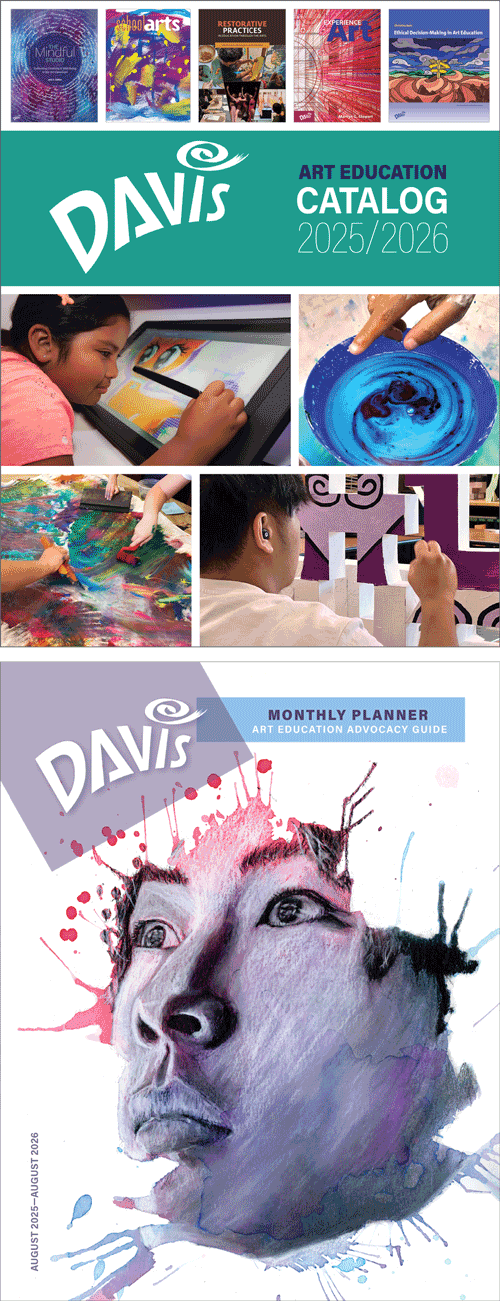Pioneering Photographer: Frances Benjamin Johnston
It’s high time we celebrate the art of photographer Frances Benjamin Johnston. She is considered by most art historians to have been the first “press photographer,” photographing famous historical events, White House occupants, and historic American architecture. An advocate for preservation, she is credited with establishing several national historical sites during her six-decade career.
 |
| Frances Benjamin Johnston (1864–1952, United States), Girls’ Basket Ball (sic), from the portfolio Hampton Normal and Agricultural Institute, 1899–1900. Platinum print on paper, 7 ½" x 9 9⁄16" (19.2 x 24.3 cm). Museum of Modern Art, New York. © 2025 Artist or Estate of Artist. (MOMA-P3906) |
In 1899, at the height of her profession, Johnston was hired by Hampton University to document the school. Located in Hampton, Viriginia, Hampton University was established in 1868 as Hampton Normal and Agricultural Institute to offer educational opportunities to formerly enslaved people. Johnston’s photographs were included in the American Negro Exhibit—an exhibit about of contemporary African American life—at the 1900 Paris Exposition. The photography project showcased Johnston’s strong compositional skills, and her ability to convey a sense of dignity and empathy to her subjects.
Johnston's photographs of Hampton University were carefully posed, obvious in the frozen stances of the athletes in Girls’ Basket Ball. Because of the nature of the platinum print process, her subjects were obliged to hold a pose for up to thirty seconds to avoid blurred images from movement. The beauty of these images secured Johnston a place as one of America's most prominent photographers at the turn of the century.
The use of photography as social documentation was not a conscious movement until late in the 1800s, when countries were becoming rapidly industrialized. Reform groups in many countries began to address social issues. Because photography was considered most valuable as a document of visual fact, it was inevitable that the medium would be used to document social issues. However, social documentation was not characterized by random, unposed straight images. The photographers carefully posed their shots and chose just the right moment in order to imbue fact with feeling.
The period of the mid- to late-1800s saw rapid improvements and simplification in photographic processes and equipment. Unlike painting and sculpture, photography did not require training in the academies, long apprenticeships, or long periods of practice, which were denied to the majority of women. For these reasons, women were encouraged by photographic journals to use the medium.
Born in Grafton, West Virginia, Johnston was raised in Washington, DC, when her parents moved there soon after she was born. Her family's influential social and political connections ensured that Johnston received a good education. She was greatly influenced by the independent spirit of her mother, Frances Antoinette Benjamin (1837–1920), a journalist for the Baltimore Sun and the Rochester Democrat and Chronicle newspapers.
After graduating high school in 1884, Johnston studied art at the Academy Julien in Paris, a school where many of the Impressionists had studied. She was one of the first women to study there. She returned to Washington in 1885, determined to work as an artist. Her early jobs involved drawing illustrations for magazines, but she soon acquired an interest in photography. Johnston learned how to use a camera and work a dark room at the Smithsonian Institution. She received her first camera as a gift from George Eastman (1854–1932) in 1888.
Johnston quickly established a reputation for herself as a professional photographer, benefiting from her mother's journalistic connections. Through her mother's relation to President Grover Cleveland's wife, Frances Cleveland, Johnston gained entry to the White House. From the 1880s to 1910s, she photographed the families of numerous presidents. In 1901, she photographed the last portrait of President McKinley before he was assassinated.
By 1889, Johnston had an established studio in Washington and also became an advocate for women in the photography profession. She was the first woman member of the Capitol Camera Club, and a founding member of the Business Women's Club. In 1913, Johnston opened a studio in New York with her life partner Mattie Edwards Hewitt (1869–1956), an established professional architecture and garden photographer. The two artists travelled the country on photographic essay projects.
Here is another fascinating view of Hampton University. I’m pretty sure Johnston meant that the students were studying osmosis, the transfer of water through a permeable membrane.
 |
| Frances Benjamin Johnston, Physics. Seniors Studying Osmose, from the series Hampton Normal and Agricultural Institute, 1899–1900. Platinum print on paper, 7 ½" x 9 ½" (19.2 x 24.2 cm). The Museum of Modern Art, New York. © 2025 Artist or Estate of Artist. (MOMA-P3900) |
Correlations to Davis programs: Experience Art: 2.1; Focus on Photography 2E: Chapter 6, Chapter 7; The Visual Experience 4E: 9.1; Davis Collections: Women Artists pre-1900s

Comments